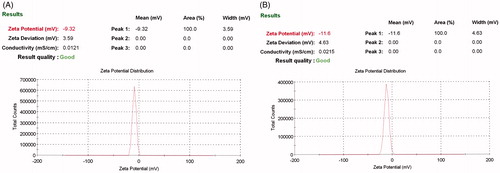Figures & data
Figure 1. Electron microscope images. (A) TEM photograph of spherical capsaicin-loaded ethosomes vesicles. (B) SEM photograph of fresh prepared ethosomal capsaicin vesicles, homogeneous in size and shape with dense population. (C) SEM photograph of 1 year room temperature stored ethosomal capsaicin vesicles.

Table 1. Physical evaluation of empty and capsaicin-loaded ethosomes.
Figure 3. FTIR spectra of empty and capsaicin-loaded ethosomes. Similarity of spectra confirming the drug loading without any significant structural changes in vesicles.
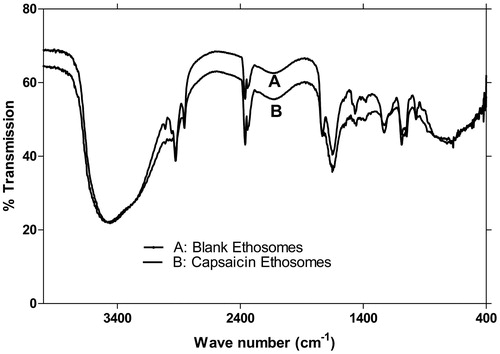
Figure 4. Permeation study of various formulations. Ethosomal capsaicin shows a better permeation profile than other formulations in 24 hours study.
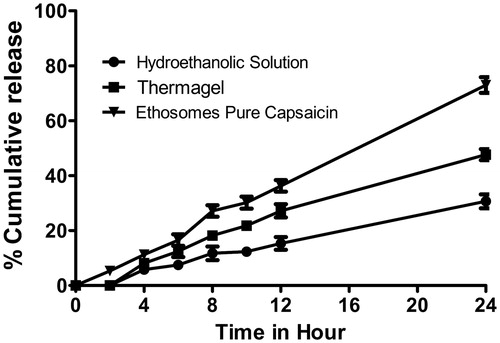
Figure 5. A CLSM graph reveals that the penetration ability of capsaicin-loaded ethosomes in skin membrane. Vesicles easily cross the stratum corneum barrier as well as entire thickness of skin membrane (700 µm). X-axis represents death from upper epidermis and Y-axis, intensity of probe.
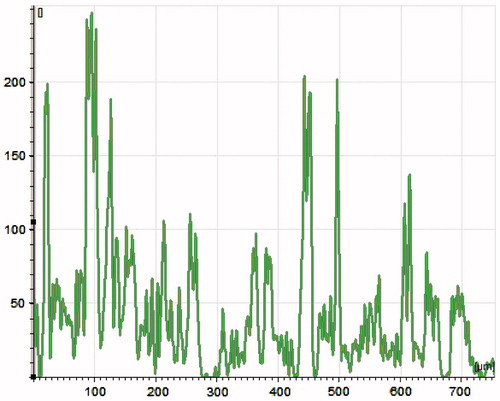
Table 2. Ex vivo permeation data of various formulations.
Figure 6. (A) Percentage inhibition of carrageenan-induced edema by various formulations; inhibition ability of ethosomes was higher than Thermagel in all time points (p < 0.05). (B) Percentage inhibition of formaldehyde-induced arthritis by various formulations; inhibition ability of ethosomes was higher than other formulation. Thermagel also shows inhibitor effect but its response was late. The inhibitory effect of capsaicin loaded ethosomes was significant than Thermagel (p < 0.05).
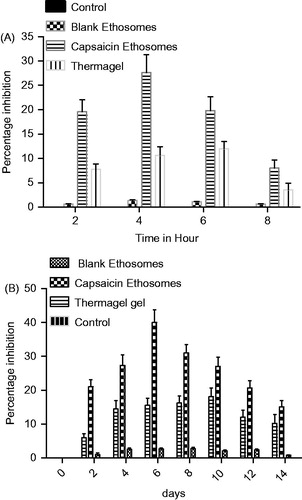
Figure 7. (A) Percentage inhibition of FCA-induced arthritis by various formulations; inhibition ability of ethosomes was higher than Thermagel. Ethosomal capsaicin, despite better results, is statistically significant compared to control group (p < 0.001). (B) Effect of Ethosomal capsaicin on the ankle flexion-extension score in adjuvant-induced arthritic animals. Ethosomal capsaicin showed better results compared to Thermagel. Performance of ethosomal capsaicin was statically significant at 16, 24 and 28 day at level of p < 0.01 compare to Thermagel. (C) Effect of Ethosomal capsaicin on paw withdrawal latency noxious heat stimuli produced in adjuvant-induced arthritic animals. In Thermagel group, a near constant value was obtained but paw withdrawal latency was statistically increased up to the termination of therapy (p < 0.01). (D) Effect of Ethosomal capsaicin on mechanical threshold produced in adjuvant-induced arthritic animals. Ethosomal capsaicin showed better results compared to control, statistically significant at level p < 0.001. Performance of ethosomal capsaicin was statically significant on 12, 16, 20 and 24 day at level of p < 0.001 compared to Thermagel. (E) Effect of Ethosomal capsaicin on body weight in adjuvant-induced arthritic animals), Ethosomal capsaicin showed better results compared to control, statistically significant at level p < 0.001. Performance of ethosomal capsaicin was statically significant on 20, 21and 28 day at level of p < 0.001 compared to Thermagel. (F) Effect of Ethosomal capsaicin on body temperature in adjuvant-induced arthritic animals, Ethosomal capsaicin showed better results compared to control, statistically significant at level p < 0.001. Performance of ethosomal capsaicin was statically significant on 16 and 28 day at level of p < 0.001 compared to Thermagel.


